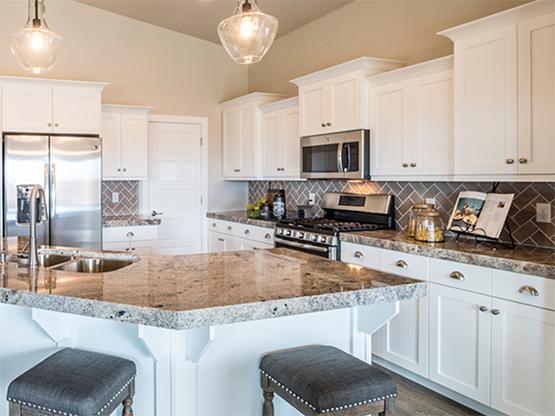Halloween Safety Tips
For many people, autumn events like Halloween and Harvest Day are fun times to dress up in costumes, go trick-or-treating, attend parties, and eat yummy treats. These events are also opportunities to provide nutritious snacks, get physical activity, and focus on safety.Check out these tips to help make the festivities fun and safe for trick-or-treaters and party guests.
Going trick-or-treating?
(1) Swords, knives, and similar costume accessories should be short, soft, and flexible.
(2) Avoid trick-or-treating alone. Walk in groups or with a trusted adult.
(3) Fasten reflective tape to costumes and bags to help drivers see you.
(4) Examine all treats for choking hazards and tampering before eating them. Limit the amount of treats you eat.
(5) Hold a flashlight while trick-or-treating to help you see and others see you. Always WALK and don’t run from house to house.
(6) Always test make-up in a small area first. Remove it before bedtime to prevent possible skin and eye irritation.
(7) Look both ways before crossing the street. Use established crosswalks wherever possible.
(8) Lower your risk for serious eye injury by not wearing decorative contact lenses.
(9) Only walk on sidewalks whenever possible, or on the far edge of the road facing traffic to stay safe.
(10) Wear well-fitting masks, costumes, and shoes to avoid blocked vision, trips, and falls.
(11) Eat only factory-wrapped treats. Avoid eating homemade treats made by strangers.
(12) Enter homes only if you’re with a trusted adult. Only visit well-lit houses. Don’t stop at dark houses. Never accept rides from strangers.
(13) Never walk near lit candles or luminaries. Be sure to wear flame-resistant costumes.
Expecting trick-or-treaters or party guests?
(1) Provide healthier treats for trick-or-treaters such as low-calorie treats and drinks. For party guests, offer a variety of fruits, vegetables, and cheeses.
(2) Use party games and trick-or-treat time as an opportunity for kids to get their daily dose of 60 minutes of physical activity.
Be sure walking areas and stairs are well-lit and free of obstacles that could result in falls.
(3) Keep candle-lit jack o’lanterns and luminaries away from doorsteps, walkways, landings, and curtains. Place them on sturdy tables, keep them out of the reach of pets and small children, and never leave them unattended.
(4) Remind drivers to watch out for trick-or-treaters and to drive safely.
Follow these tips to help make the festivities fun and safe for everyone!
http://www.cdc.gov/family/halloween/









